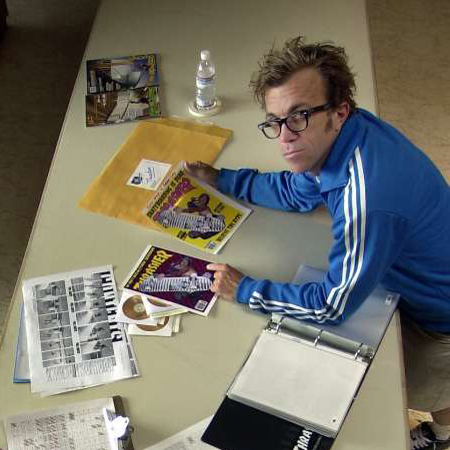Forever: The New Tattoo
A conversation with Nick Schonberger on his new book

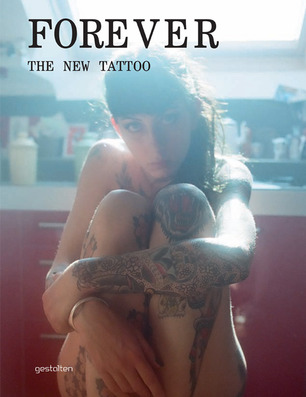

In part an examination of tattoo’s notable rising stars, Nick Schonberger’s “Forever: The New Tattoo” from Gestalten focuses on 16 of the industry’s most innovative artists. From prominent names like Scott Campbell to underground talents, the work is both a snapshot of evolving trends and a conversation with tattoo artists on their relationship with the genre. The foreword is written by Professor Matt Lodder, who describes the book “a glimpse into the current, vibrant, and thrilling world of tattooing in the second decade of the third millennium.” Part one is full of profiles on the artists and part two opens up the field a visual record of artists and work who embody contemporary tattoo aesthetics.
Schonberger writes the profiles based on interviews with each of the artists, bringing with him a Master’s degree in the history of American tattoos and experience working on the book “Homeward Bound: The Life and Times of Hori Smoku Sailor Jerry.” We talked to Schonberger recently to learn more about the book.
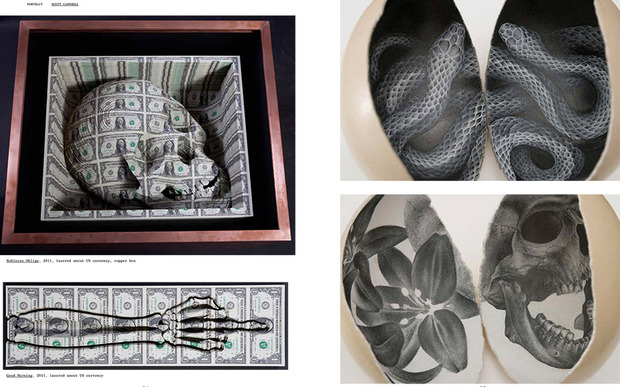
How did the book come about?
It’s been a collaborative process. I wrote profiles of the artists, which complement a series of visual profiles of like-minded artists who are in a similar sphere in tattooing—which is, generally speaking, those who work a little bit outside the industry. Then my friend Matt Lodder, who has a PhD in history and is a professor in England, wrote the introduction to the book.

Tell us about Lodder and what he brings to the book’s introduction.
I didn’t know about him until about a year and a half ago, but he and I have worked on very similar subjects for roughly a decade each. We’re interested in the visual history of tattooing and how the industry has formed, how images are co-opted and adapted and dispersed after tattooing. He and I mostly combat ideas of “not just for sailors anymore,” which is such a common trope in the mass media perception of tattooing. He talks a little bit about that as well as divergent trends within tattooing, which is a little bit the subtext of this book. There are people who always work below the mainstream radar but are on the vanguard in some respects.
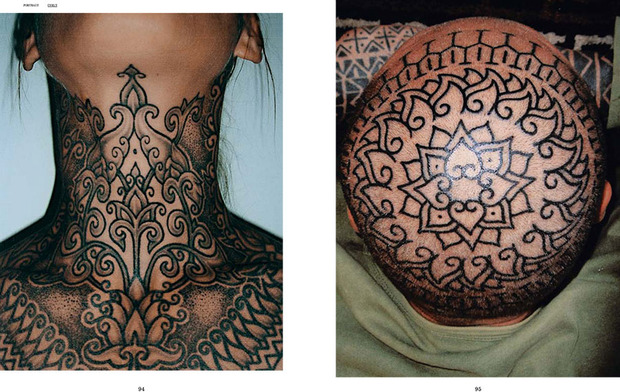
What was the interview process like?
I have really fun conversations with everyone, mostly pretty light, about their working practices and passions. They sort of tiptoe around both tattooing and personality and I think that’s the fun of the book. Some of the people have not been featured in other books, some have, some have been in magazines regularly—so there’s always that sense of “X” is on the tip of the iceberg of a new style or pushing a boundary, but the interviews were a lot more about learning why their take on the medium was the way it was.
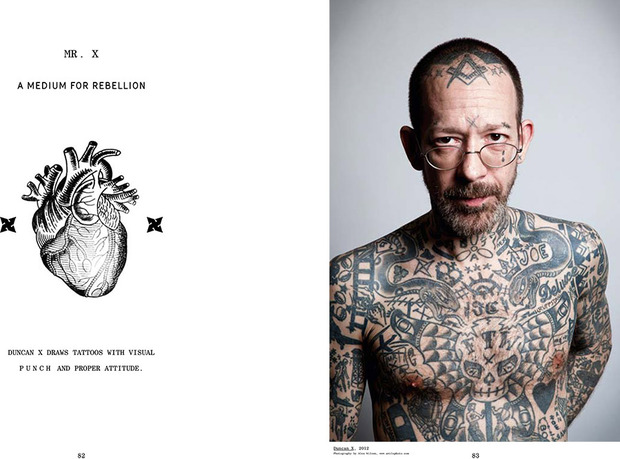
Who are some of the artists and what are their stories?
For example, Curly from Oxford, he tattooed with Alex Binnie—a lot of the people have connections to Into You in London: Alex, Curly, Duncan X and Thomas Hooper. Curly talks about hating tattoos, hating mainstream tattoos, having hated tattoos before he met Alex Binnie and realized there could be something “art directed.” Curly started moving into tribal tattoos and became one of the pioneers of what you could call “neo-tribal”—although his style is a little different than that. On a mainstream level, that’s the easiest analogy. Amanda Wachob is a tattooer who approached tattooing as a way to begin to think about painting and how to combined those two things together. She paints after her consultations with clients and those consultations form the basis of the tattoos that she ends up doing. Robert Ryan is a musician and his music is all about pattern and his tattoos are all about pattern.


So what characterizes the artists as a collective?
I think what they all have in common is a very particular passion for specific types of tattooing. Whether that be Thomas Hooper’s patterning or Duncan X’s sort of punk rock, really hard edge, black, subversive—to use that word quite strongly. Duncan X himself told me in the profile that he wanted to get tattooed to be anti-social, originally. Of course tattooing was not that popular in the ’80s and ’90s, so being heavily tattooed was far more anti-social than it is now. And then we also have profiles with Alix Lambert who did the movie “Mark of Cain”—so tattooing as visual communication is also an underlying theme of the book.
Would you say the artists are part of a community?
A lot of the people have connections to Jon John’s shop AKA in Berlin, Into You in London and Saved in New York—everything is connected in a really nice way. If not an actual community, then a community of thought.
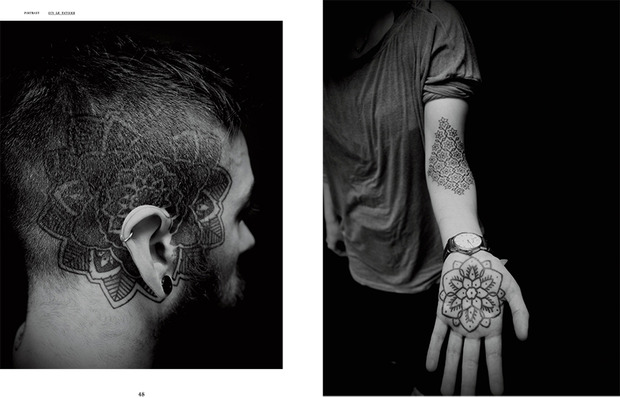
Releasing 25 September 2012, “Forever: The New Tattoo” is available for pre-order from Gestalten and on Amazon.
